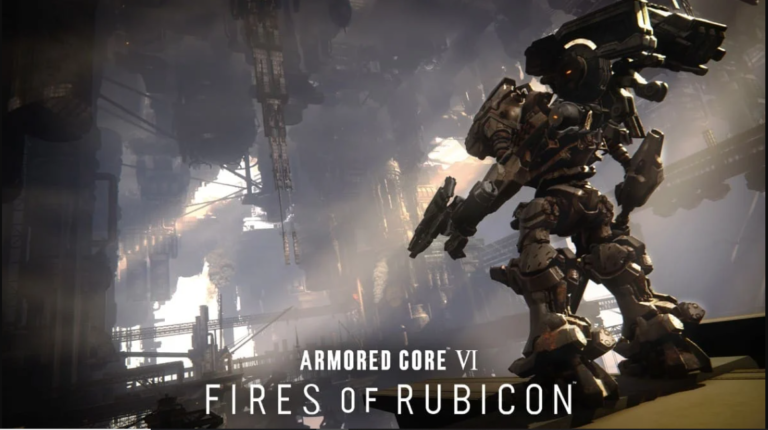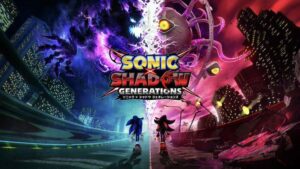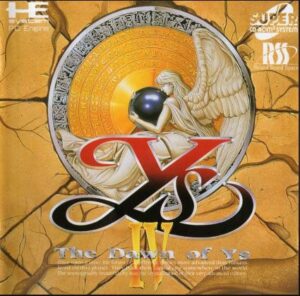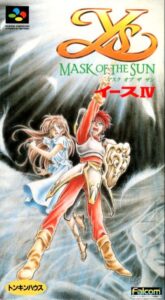Fans of the site may be thinking this isn’t Son of Godzilla but hear me out. Today’s game is rather special to the Armored Core fanbase as well as me. From Software finally returned to what put them on the map after over a decade of absence. To be fair From Software was busy basically creating a whole new genre of games so putting Armored Core on the backburner might have been acceptable for some.
But it has been over 10 years since the last AC game Verdict Day, and many of the staff that made AC what it was have since moved on from the company. After a decade of developing an entirely different genre many wondered whether From Software could still deliver the AC experience that fans of the series would enjoy while still being accessible to newcomers. Let us wait no longer to dive in, this is Armored Core VI: Fires of Rubicon!

Introduction & Pre-Development
Despite the development of a new Armored Core title being teased by From Software president Hidetaka Miyazaki as early as September 2016, there was a small focus test leaked in January 2022 that detailed a new Armored Core experience in action. The game was formally announced at the 2022 Game Awards to great fanfare. After releasing what could be viewed as the zenith of the Souls formula in Elden Ring, many were curious to see what was next for the company.
As it turns out many at From Software had been wanting to develop a new AC game for some time, but it was a matter of having the time and resources to prioritize it. From Software’s recent action RPG efforts were already bringing the company great financial and critical acclaim. Fires of Rubicon entered proper development and prototyping in 2018 with the game being directed by Masaru Yamamura, which was his directorial debut after serving as the lead game designer on Sekiro: Shadows Die Twice.
Before he assumed the role of project director Miyazaki initially led development before scaling back his involvement. The gameplay direction had already been set in stone by the time Yamamura was brought on as project director. The game was produced by Yasunori Ogura whilst the lead composer for the game was Kota Hoshino. He had been involved with Armored Core since 1999’s Armored Core: Master of Arena and with From Software since 1998’s Shadow Tower. He wasn’t the only composer on this game as the score was also composed by Takashi Onodera and Shoi Miyazawa. Fires of Rubicon was released on August 25, 2023 for PlayStation 4, 5, Xbox One, and Series X, as well as for Windows PC.
Synopsis & Writing
Traditionally, Armored Core has been set in the distant future in an interstellar civilization where corporations dominate the galaxy in search of profits regardless of the harm caused by their pursuits. Armed forces supplement their arsenals with customizable mechs known as Armored Cores, or ACs for short. Wars are now fought and sold to the highest bidder and an independent merc with an AC can make both a name and for themselves and a fortune at the same time.
The names of the corporations and the planets they battle it out for have changed and have come in many different forms across the lifespan of the franchise. But one thing has remained the same, an independent mercenary going by the callsign Raven who shapes the future of these conflicts and is instrumental in changing the tide.
Fires of Rubicon is set on the frontier planet of Rubicon 3 where corporations vie for the energy source known as Coral, famed as both an energy source and data conduit. Several corporations flock to Rubicon to claim this power source for themselves. The mystery remains of where this Coral came from as the wellspring of Coral was incinerated 50 years prior in a disaster known as the Fires of Ibis, which ravaged Rubicon. The source of the Coral found now seems to be even larger than the one that caused the disaster of decades ago.
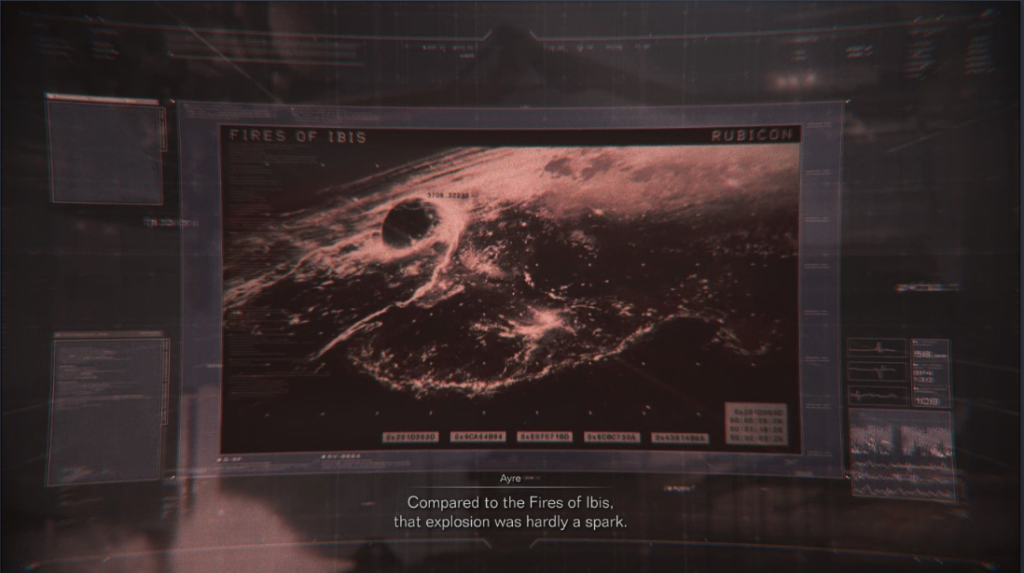
You are an augmented human and AC pilot known as C4-621, primarily called 621 by your handler. After assuming the callsign of Raven you begin to take missions from the various factions inhabiting Rubicon. Everyone around seems to have their own agenda for the Coral and you along with it.
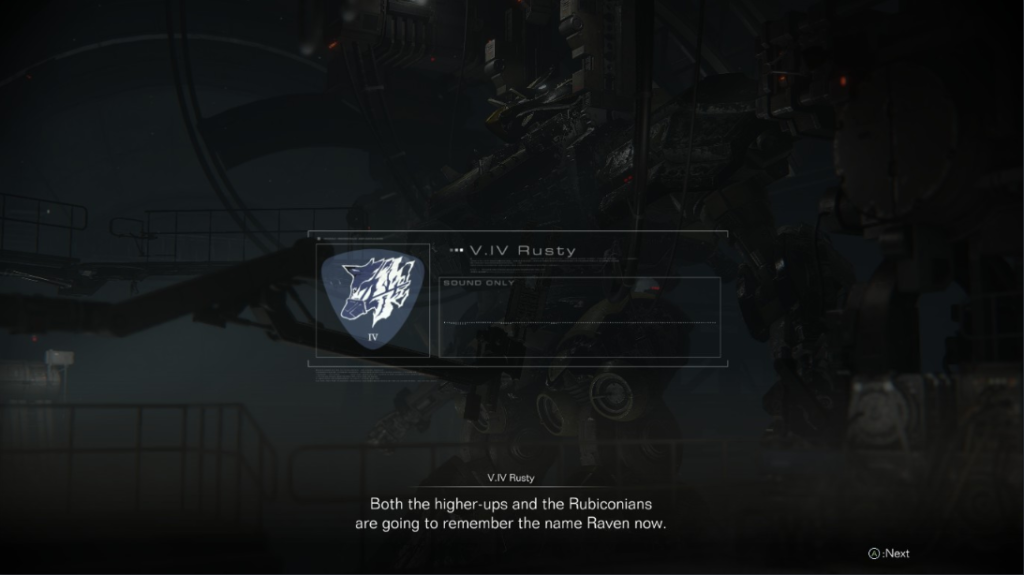
As the narrative progresses you will become acquainted with all the factions inhabiting Rubicon; Arquebus Group, Balam Industries, the Rubicon Liberation Front, and the Dosers of RaD. The narrative evolves over five chapters and is rather masterful at how well it spends the first two chapters introducing you to all the active forces on Rubicon. The following three chapters will have you making critical choices that shape the planet’s future and lead you to one of three endings, depending on your choices.
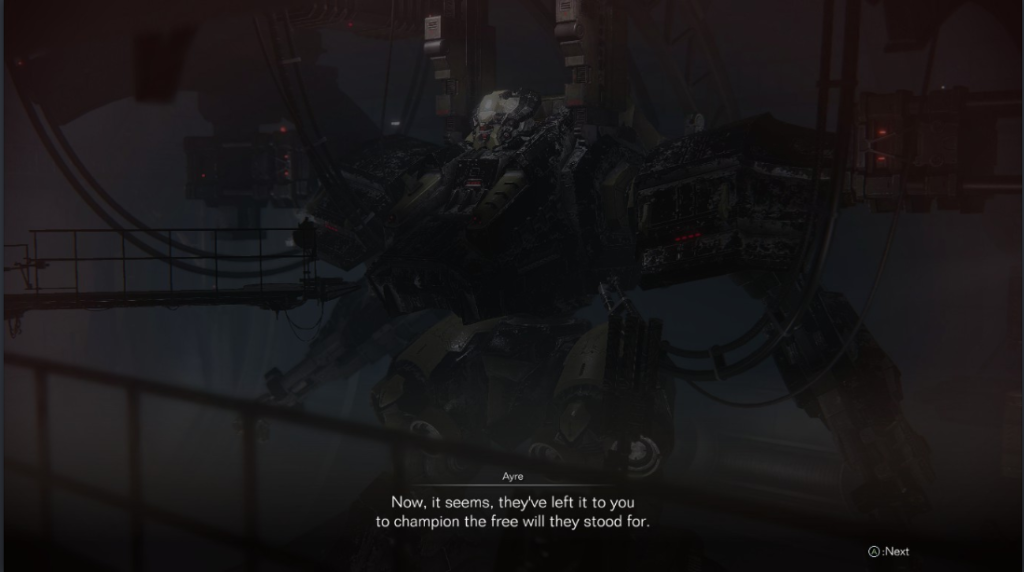
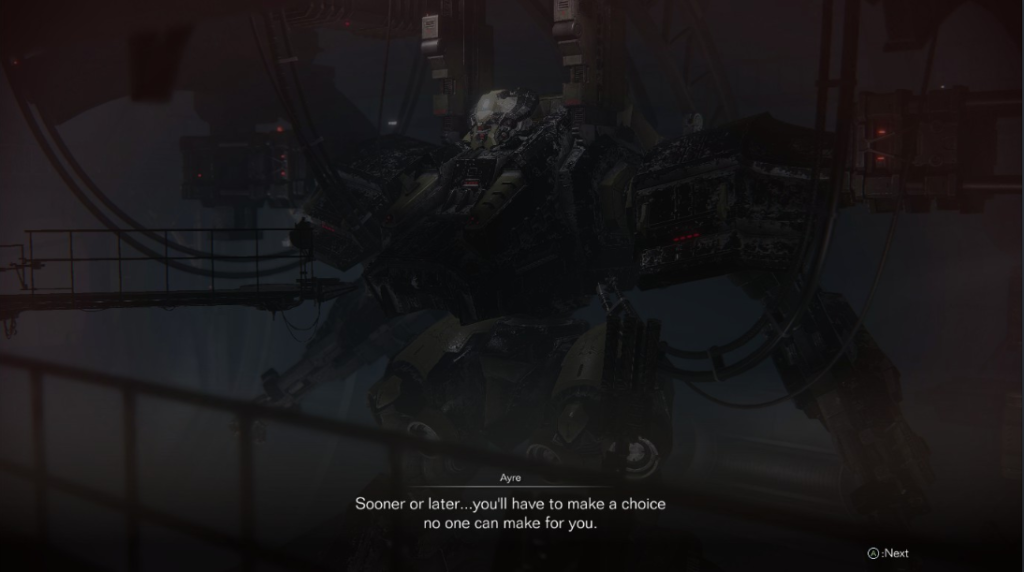
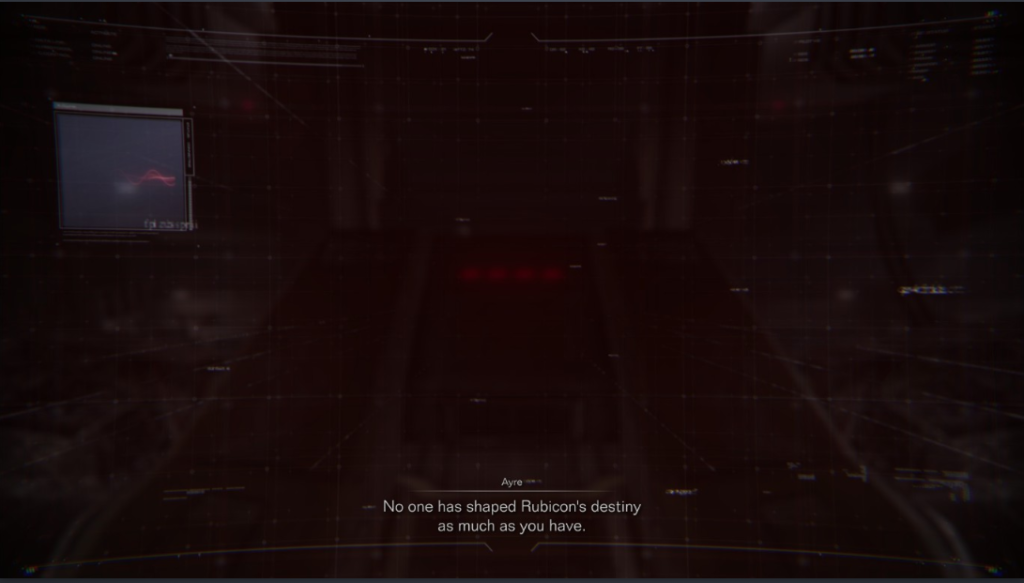
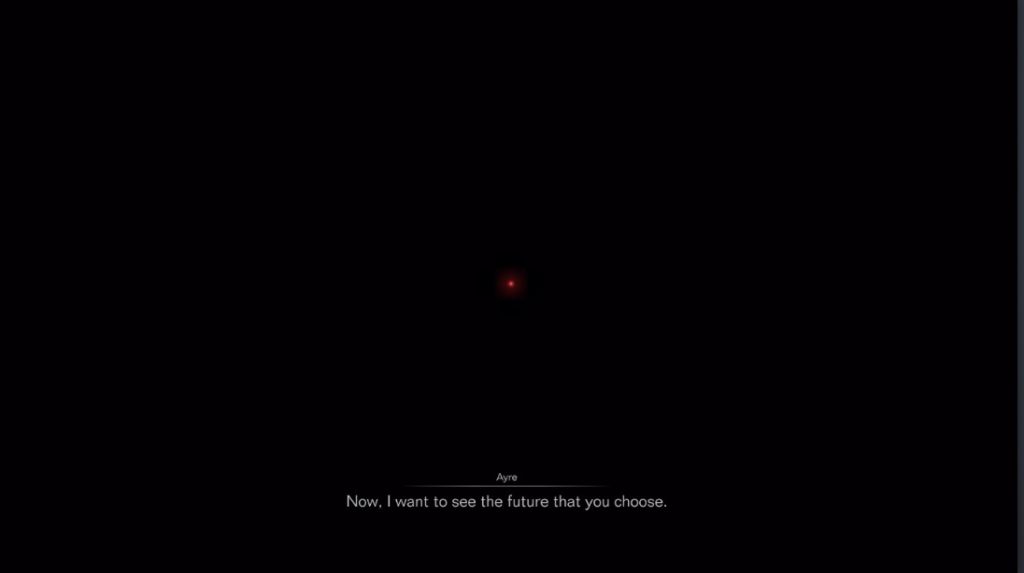
The narrative of Rubicon is definitely a lot more straightforward than in previous installments whilst still reinforcing the key themes of the series. The resurgence of the callsign Raven has deeper thematic significance when looking at the series as a whole. But the narrative of Rubicon is satisfying and hits the proper emotional beats on its own merits.
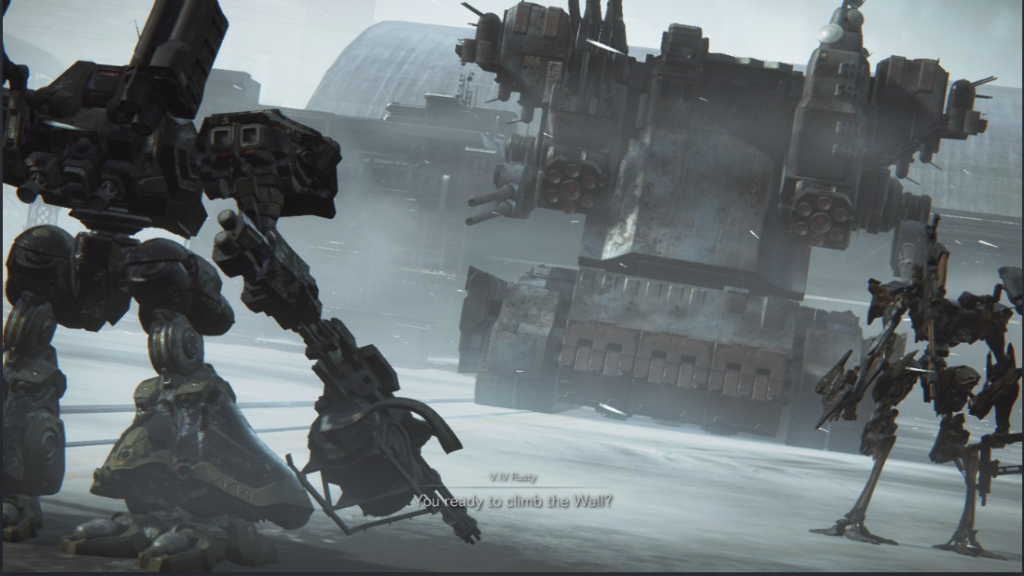
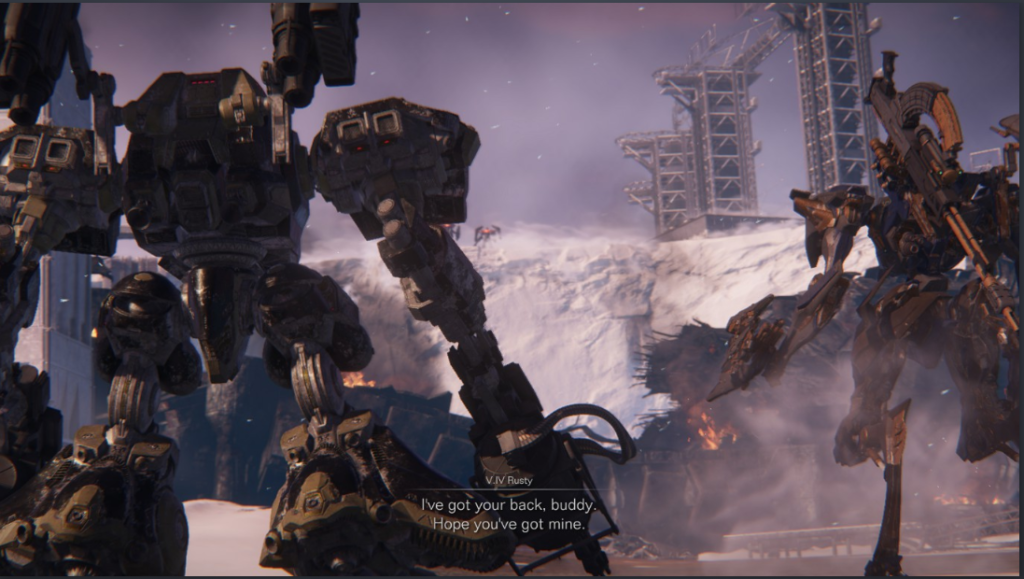
Naturally, as a game with multiple endings there is plenty of incentive for follow-up playthroughs as certain story elements are restricted to siding with specific factions. It delivers a story that remains fresh with new elements even on its second and third playthroughs. From Software even found ways to integrate it into the gameplay, which we will cover in the gameplay section below.
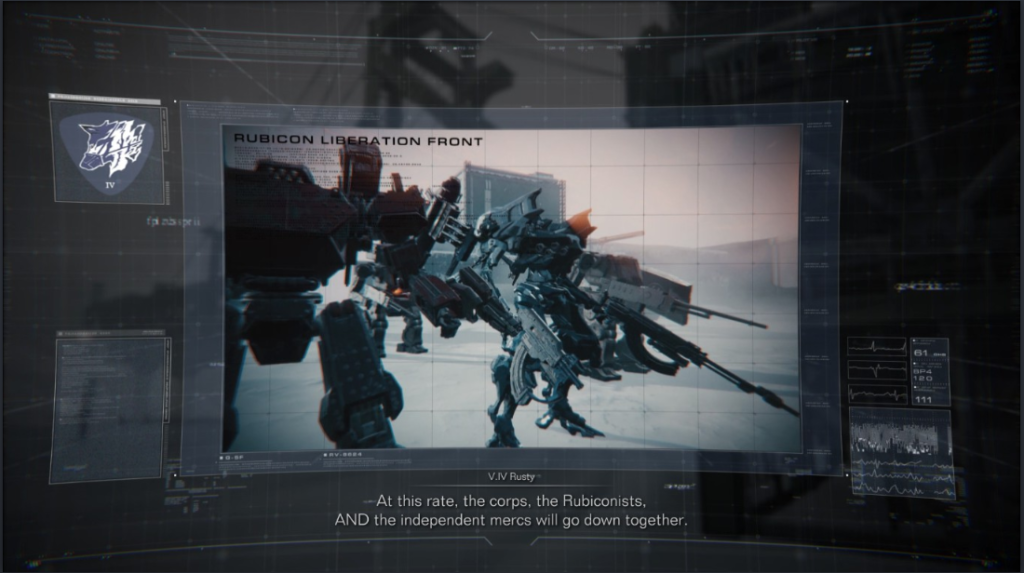
A single playthrough won’t likely take you more than 20 hours before reaching the conclusion. Despite this, the cut scenes strike a nice balance and don’t feel too lengthy. The premise and setting are beyond intriguing, and the characters help bring a personal touch to your time on Rubicon, from your handler Walter to your comrades in arms, Rusty and Ayre. I never grew tired of my time with the people on Rubicon and From Software continues their trend of having more subtle nuanced narratives whilst using its characters to ground and connect you to the world. Because the characters are at the heart of this story, the endings served ripped my heart out, and further reinforced the themes of the story.
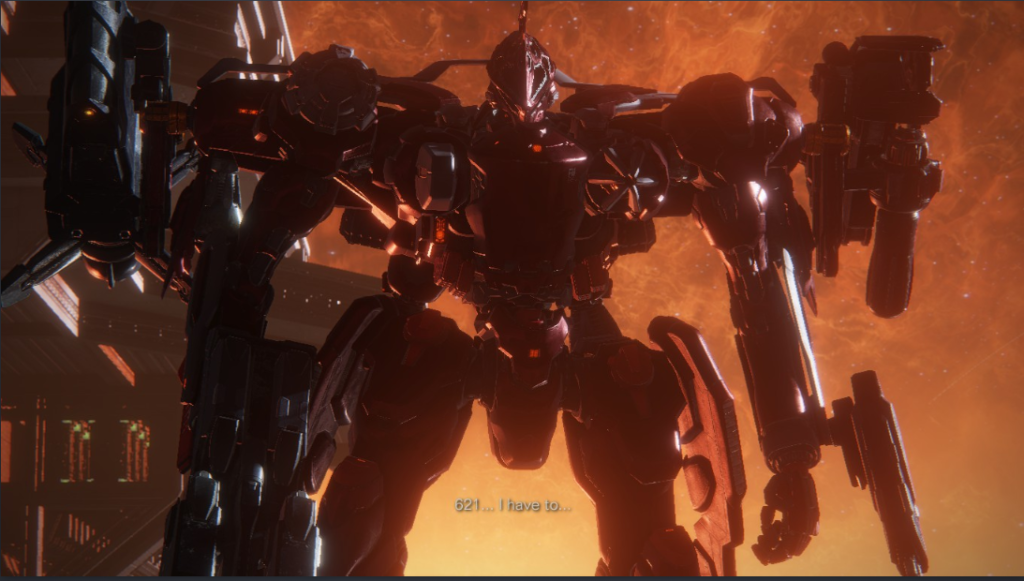
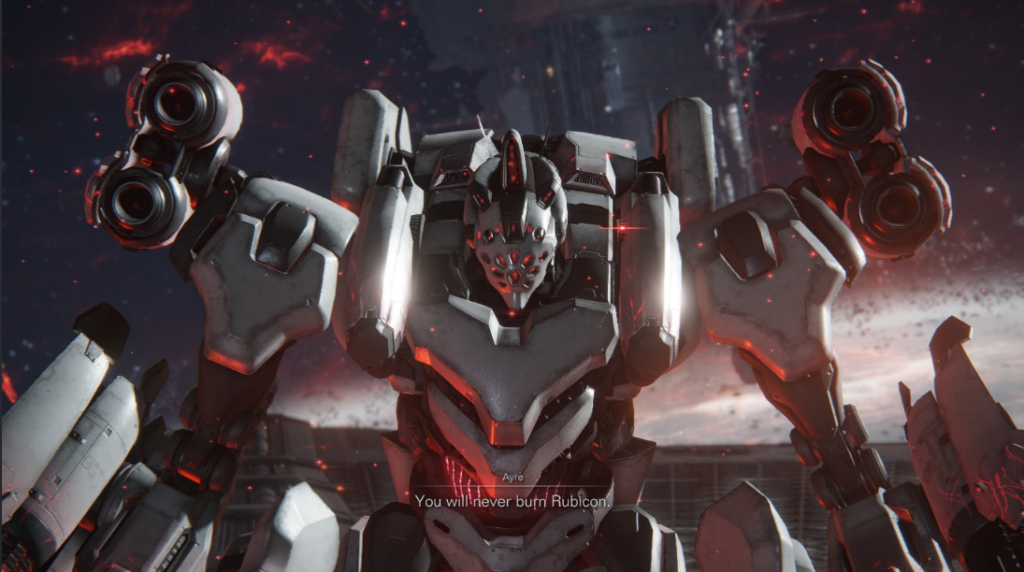
Gameplay
As an enjoyer of AC’s past I was both excited and worried about how From Software would handle a return to Armored Core gameplay. But I’m for the most part pretty happy with the compromises they made to the formula. In laymen’s terms they took all the best things from Armored Core V and Verdict Day whilst scrapping the ones that didn’t work. But let us take a deep dive just in case you’ve never played Armored Core.
As an AC pilot you will take on missions for various factions, ranging in objective from defending a critical point to killing everything in sight. You will earn credits from missions, which you will use to purchase better weapons and armor pieces to supplement your arsenal in the garage between missions. At first glance AC’s mission to base gameplay loop appears pretty simple. But where AC sets itself apart from the competition is the management of your AC’s parts and stats.
There are plenty of parts to equip in Armored Core from rapid fire rifles, explosive grenade and rocket launchers, to burst fire, melee weapons, and so much more. Much of Armored Core’s versatility comes from the fact that you have so much freedom in how you build your AC. Armored Core also presents a sense of realistic micromanagement, as when building your AC you need to manage everything. Since you need to take your AC’s weight and energy levels into account, you can raise these limits by equipping larger frames and generators, or you can run a lightweight build if you desire. Again, the choice is entirely up to you.
When it comes to the moment-to-moment gameplay of each mission’s battles, they take place in real time and you can carry up to four weapons, perform dodge maneuvers, take to the sky, and much more. Your opponents will range from mass-produced humanoid MTs that pose little challenge individually but can wield a variety of weapons, including unmanned massive weapons such as the Sea Spider or Ice Worm, as well as manned ACs.
Armored Core offers one standard difficulty as there is one bar to meet. But the difficulty fluctuates across the experience. Missions in which you fight mass-produced MTs are very relaxed and pure power fantasy fulfillment as you take on entire squads and armies without breaking a sweat. The game, however, flips the script whenever a boss is on screen, so the entire tone of the game changes. Boss fights are tense, climactic affairs that will stick with you long after you complete them. Each chapter will conclude with a boss, and they largely act as a skill check, testing players on the skills they have learned across the chapter. Chapter 1’s boss Balteus is here to teach you how to read boss patterns and get used to fighting enemies with shields. Mid-mission bosses lack the same consistency as enemy ACs vary in loadouts and are less predictable. So, each encounter offers something different in terms of the challenges you face.
The game has a total of 59 missions to undertake but players will not see all of them in a single playthrough. Naturally, on the first playthrough you will be greeted with choices to take one mission over another, which will lead towards the ending of your choice. However, From Software keeps follow-up playthroughs fresh. You will see not only new missions on your second and third runs respectively, but variations of already existing missions will also appear. With these additional missions and story elements Rubicon maintains a fresh experience the whole way through.
Even so, the game has more to offer than just missions. Traditionally, Armored Core has offered an arena mode designed to test your skills against a variety of opponents, and Rubicon is no exception. The arena frames itself as a simulation against the various ACs you will eventually fight across the narrative, preparing you for the eventual real encounters with them. This is where Fires of Rubicon introduces some long-term progression for players. Completing evaluations in the arena will reward you with OS chips that you can then use to purchase upgrades for your AC. These upgrades range from unlocking passive buffs such as increased weapon damage, increasing your defense. As well as active upgrades such as deployable armor, allowing you to deploy while over your weight limit and other combat maneuvers. And much like the mission’s structure, you will unlock new arena encounters on subsequent playthroughs.
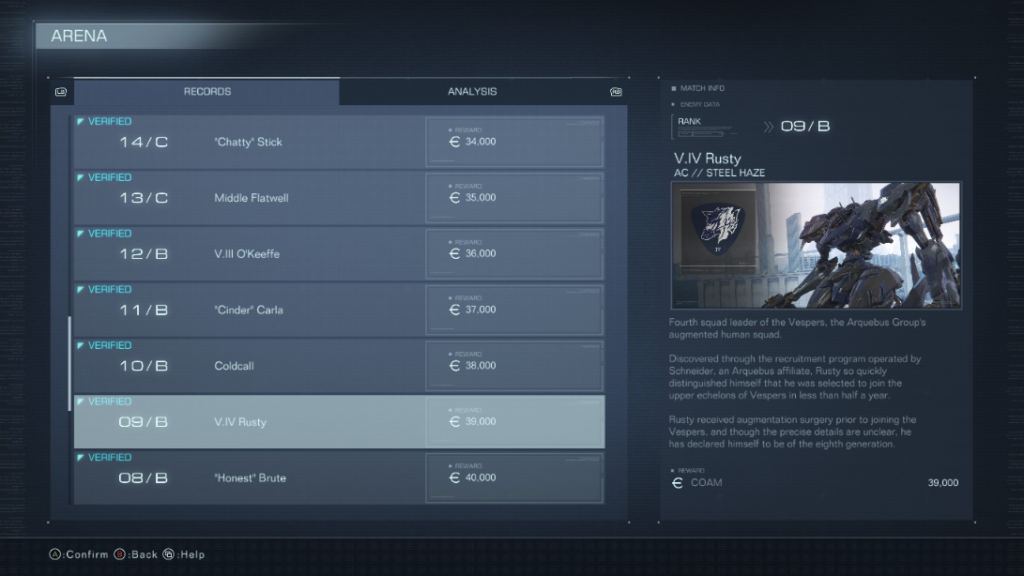
Fires of Rubicon is primarily a single-player experience, opting to scrap the co-op mechanics from previous installments. However, there is a built-in multiplayer suite in which you can face off against other players. Post launch updates have brought new parts to the game alongside a ranking system of the multiplayer. The mode isn’t very extensive as there is only a team deathmatch in teams of three, or one-on-one encounters.
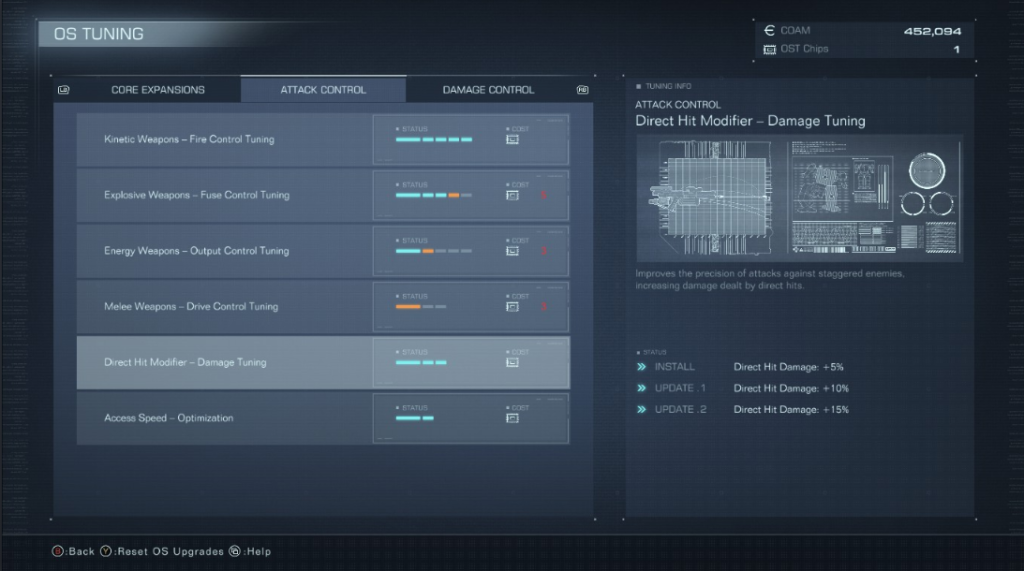
Now, those experienced with Armored Core’s history might take issue with a couple of mechanical updates and additions. Previous games had the possibility of actually going bankrupt and into debt as you do have to pay for sorties, repairs, and ammunition. And while you do still pay those fees, you can’t go into debt in Rubicon. The health of ACs is significantly worse than in previous installments, but you now have repair kits to help healing during the mission, which offsets this. The existence of an OS upgrade that enables you to deploy while over your weight limit, in a sense trivializes a core aspect of AC’s design and is polarizing to series fans. Some may feel the same regarding aim assist even though enabling it is optional. The game puts an extreme emphasis on staggering enemies at which point you can deal massive damage, which encourages the use of certain classes of weapons over others.
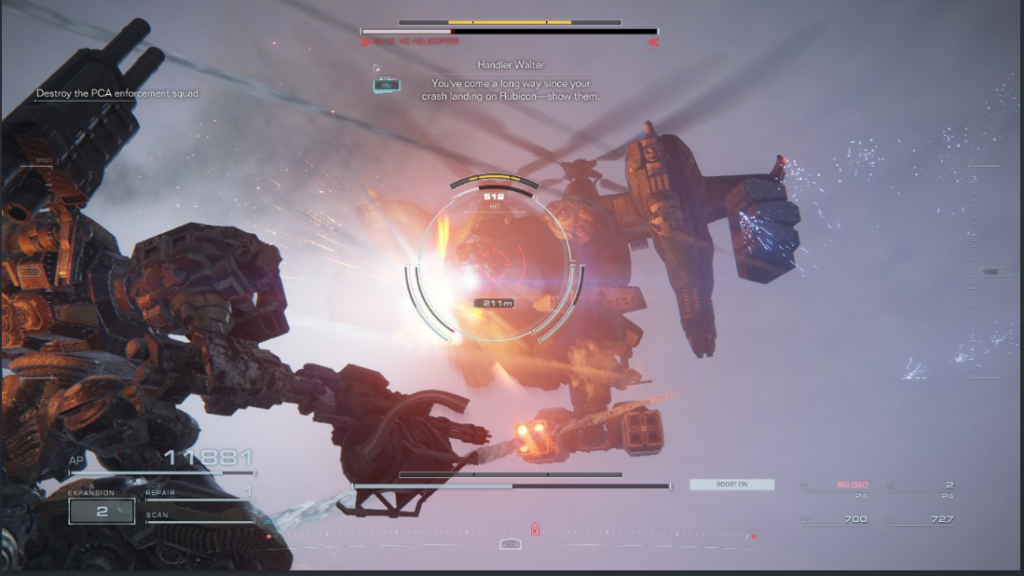
Presentation
A key aspect of any game is its score and sound design, especially in Armored Core. At first, I was worried that the sound feedback for the early weapons lacked that oomph and audio punch. Later weapons such as the Songbird Grenade launchers and Gatling guns for example bring power in terms of sound, relieving my concerns. There are few things more satisfying than landing a direct hit with a rocket launcher or tearing through an MT squad in terms of audio design.

Hoshino served as not only lead sound designer but also as lead composer for the game. When it came to designing the score, he was given keywords by the project director Yamamura to serve as a framing device, so the score would set the tone. These words were “to evoke a sense of loneliness and nostalgia.” Hoshino was given the freedom to compose the score in accordance with those keywords, with tracks being adjusted to suit the game’s flow. Rubicon’s score is nuanced, beautiful, and grand, which serves to heighten the experience. Similar complements extend to the voice acting. The performances are stellar in both English and Japanese. The casting director for the English dub was one Jamie Simone with previous work in that role for projects such as Transformers Prime, Sonic Frontiers, and Ultraman 2019.
Conclusion
After an 11-year absence many probably doubted whether From Software could deliver the Armored Core experience they were longing for. And honestly, while this game falls just short of being a masterpiece it is still an exceptionally strong addition to the franchise and will serve as a nice foundation to build upon in the future. The future has never looked brighter for AC as not only did this game win the 2023 Action Game of the Year at the Game Awards, but it is also the highest- selling game in the franchise by a lot, selling over three million copies in the first month across all platforms. Armored Core VI: Fires of Rubicon is an excellent game and I recommend it to not only series fans, but any fan of mech action games, and anybody looking to get into the series!
Patron Shout-Out
Special thanks to our patrons who help to support our content. Our work would not be possible without you, so a sincere thank you to every single one of you:
Francesco
Lisa

